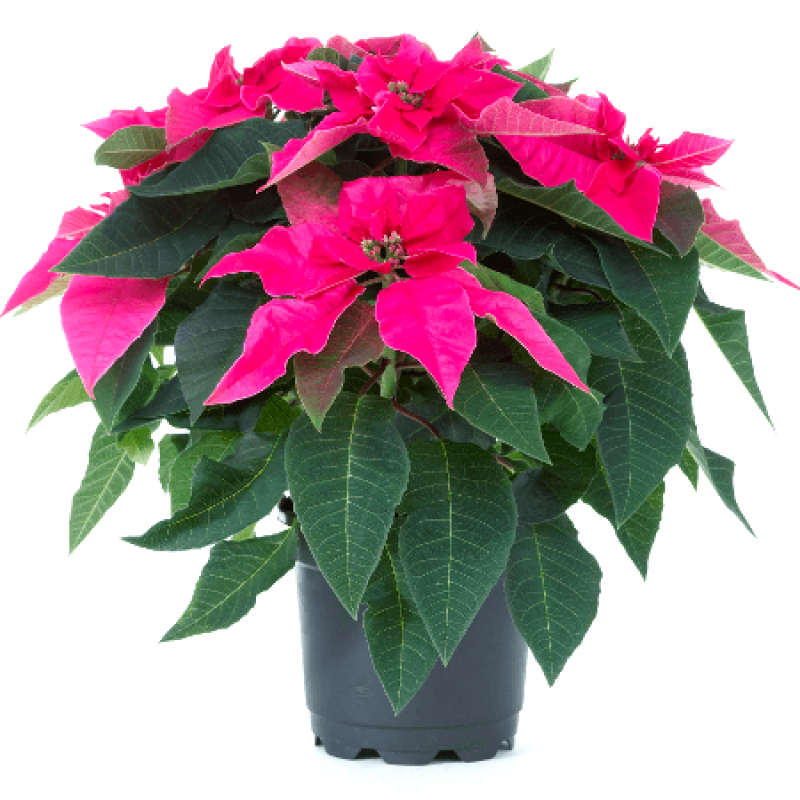basil
Basil is native to tropical regions from central Africa to
Southeast Asia.
[3] It is a
tender plant, and is used in
cuisines worldwide. Depending on the species and cultivar, the leaves may taste somewhat like
anise, with a strong, pungent, often sweet smell.
There are many
varieties of basil, as well as several related species or hybrids also called basil. The type used commonly as a flavor is typically called
sweet basil (or
Genovese basil), as opposed to
Thai basil (
O. basilicum var.
thyrsiflora),
lemon basil (
O. × citriodorum), and
holy basil (
Ocimum tenuiflorum). While most common varieties of basil are treated as
annuals, some are
perennial in warm, tropical climates, including holy basil and a cultivar known as "
African blue basil".

Basil is an
annual, or sometimes
perennial, herb used for its leaves. Depending on the variety, plants can reach between 30 cm (0.98 ft) and 150 cm (4.9 ft). Its leaves are richly green and ovate, but otherwise come in a wide variety of sizes and shapes depending on cultivar. Leaf sizes range from 3 cm (1.2 in) to 11 cm (4.3 in) long, and between 1 cm (0.39 in) and 6 cm (2.4 in) wide. Basil grows a thick, central
taproot. Its flowers are small and white, and grow from a central inflorescence that emerges from the central stem atop the plant.
[citation needed]


